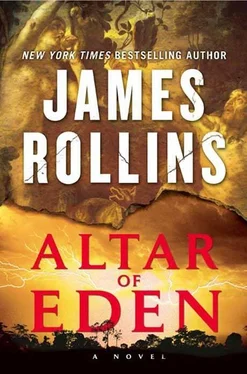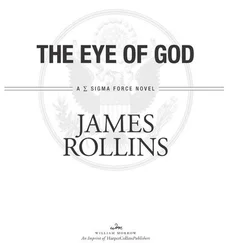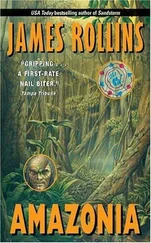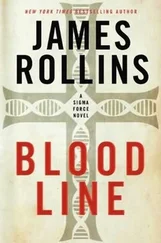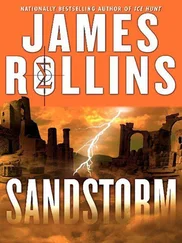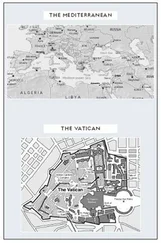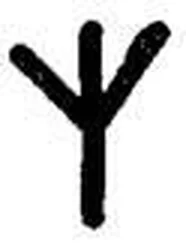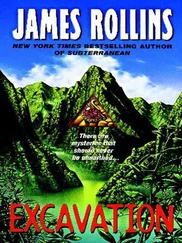The villa’s main floor was all windows that faced the cove. Heavy hurricane shutters had been closed over them, giving the place a barricaded feel. Passing through a pair of tall French doors, the interior was gloomy, but plainly luxurious: ivory damask curtains, furniture constructed from rough-hewn mahogany and rosewood, probably harvested locally, and limestone-tiled floors. All the hues were muted, with splashes of vibrancy from animal-print pillows and an occasional painting on the wall.
Duncan led them through the front pavilion and down a long hallway. When the doors and windows were open, the hallway must serve as an extension of the breezeway, carrying the tropical sea breezes deeper into the house. To either side of the main hall opened various rooms, including a kitchen where a trio of cooks prepared a meal.
The smell of baking bread and a simmering garlic stew stirred her stomach, reminding her of how long it had been since she’d had anything to eat. But they didn’t stop for a snack. They headed straight back to where the hall ended at a library study.
It looked like something out of the British Museum, a tantalizing mix of leather-bound books and collected artifacts: conch shells, antique seafaring tools, including a sextant and windlass from a sailing ship. One wall displayed massive plates of fossilized seabeds, snapshots of an ancient world populated by trilobites, prehistoric fish, and sea fans.
A bear of a man met Duncan there, rising from a seat by a cold fireplace. He had been staring out a set of open windows. The man wore hiking pants and boots, along with a loose camo jacket. He appeared to be in his early sixties but remained well muscled, with salt-and-pepper hair and a face that sun and wind had polished to a tanned smoothness. He had the stamp of ex-military, probably navy from the sailing cap resting on the arm of his chair. But he carried himself with some sense of affluence, too.
Lorna guessed the man owned the villa. In fact, he seemed as much a part of this room as any of the artifacts.
He crossed and shook Duncan’s hand, swallowing the scarred man’s palm and fingers in his paw.
“Sir,” Duncan said, biting back his surprise. “I hadn’t expected you to be here. I thought you’d still be at the Ironcreek presentation in D.C.”
“Not much reason after losing our cargo.”
The older man glanced at Lorna. His only reaction was a deepening of a crease between his eyes. Then he ignored her. She sensed he didn’t give women much shrift. She had met her share of such men.
“I flew in this morning,” the big man explained. “Just in time for the commotion here.”
Duncan sighed through his nose. “I was just heading down to talk to Dr. Malik about the incident.”
“He’s waiting for you.” The man lifted an arm to the wall of books and artifacts. “We’ll talk afterward.”
“Yes, sir.”
A section of the bookshelves slid open to reveal that the main hall continued past the library-and into the side of the mountain.
Lorna’s heart beat faster. Connor nudged her toward the opening. She had no choice but to follow Duncan into the buried section of the complex.
The door sealed behind her with a dread finality.
Will I ever see the sun again?
Connor spoke, stepping closer to Duncan in a conspiratorial way. “What’s Bryce Bennett doing here?”
Duncan’s voice was a black glower. “Malik must have been keeping our boss informed about the problems here. I told him not to bother the boss, but that just proves you can’t trust a raghead. Not even one on our side.”
Duncan continued down a short passageway. It dumped into a large circular work space, broken into stations, with additional rooms and passageways radiating deeper underground. White-smocked technicians worked at various stations. Some glanced at her-then quickly away again. It seemed the villa was a front for this underground complex, the perfect facade to hide what lay beneath it.
As she entered, she looked around. Much of the main room was nearly a match to Dr. Metoyer’s genetics lab, only tenfold larger and better equipped. It housed an extensive array of thermocyclers, gel boxes, hybridization ovens, incubators, even a LI-COR 4300 DNA analyzer. There were also a bay of clean hoods and banks of shakers and centrifuges, and at the back, a full electron microscope suite and microarray facility.
There was nothing this lab didn’t have-and couldn’t do.
The scientist in her grew jealous, while another part paled at how much all this must cost. And what it implied. Someone had spent a fortune to hide this lab beyond U.S. jurisdiction and control.
Duncan led her across the room and down another hall.
“Take Dr. Polk to one of the holding pens in back,” he ordered as he ducked through a side door. “I need to have a word with Dr. Malik.”
Connor poked her in the back to keep her moving. As she continued a hall window opened on her left and revealed a view into a surgical suite. It was sparsely furnished with a stainless-steel table and overhead halogens on a dual swing arm.
A middle-aged man dressed in scrubs stood in the room. From his swarthy complexion and thick black hair, he looked Arabic or maybe Egyptian.
Duncan stepped into the room through another door. From the storm clouds building on the man’s brow, he was not happy.
Lorna slowed, mostly because of what lay on the table.
Connor didn’t press her. He was staring, too.
“How did this specimen get all the way over to our side of the island?” Duncan said, jumping straight in with no pleasantries. “I thought you were constantly monitoring them.”
“We were,” the man said, irritated, matching the other’s heated tone.
It had to be Dr. Malik. Lorna guessed he was the scientific head of this facility, while Duncan ran security. The two had clearly locked horns in the past.
Malik pointed to the table. “The other specimens must have cut the tag out of this one. With something sharp. Maybe a stone ax. Let me show you.”
The doctor stepped to the side, allowing Lorna to see fully for the first time what lay on the table. She covered her mouth in shock. Blocked by Malik, all she had seen before were legs and a lower torso. From the fur and small body, she had assumed it was an orangutan or some other great ape.
But as Malik moved out of the way, she knew she was wrong.
The arms were less furred, and the chest bore a clear set of bullet holes. But it was the face and head that made her gasp out loud. Matted, coarse hair framed a bare face with a protuberant jaw and maxilla, but not as prominent as an ape. It was flatter. Also the eyes were larger, rounder, the forehead taller and ridged.
Lorna had seen pictures of early man, of hominid species like Australopithecus or Homo habilis. The resemblance was unmistakable. What lay on the table was no ape.
She remembered the throwback traits seen in the animals from the trawler, a turning back of the evolutionary clock. Her vision darkened with the implication of what lay on the table. They weren’t just researching with animals.
She turned to Connor and couldn’t keep the disgust or horror from her voice. “You’ve been experimenting on humans.”
Jack stood in the office of his sector chief, Bernard Paxton. It had been Paxton who had handpicked Jack a year ago to lead the Special Response Team-though at the moment, he looked like he might be regretting that decision.
Paxton stood on the opposite side of his desk. He was in full dress uniform after speaking to the press all morning: navy blue slacks with black piping and matching shirt. He’d oiled his dark hair and even donned his ceremonial “Ike” jacket, but he left it unbuttoned and loose as he leaned over the desk.
Читать дальше
